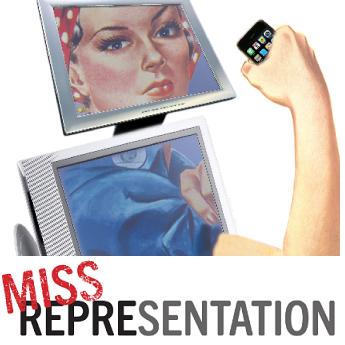Do you think people today use the mass media differently compared
with how people use media 10 or 20 years ago? Whatever your position, justify
it.
I believe that people use mass media the same as they did 10
or 20 years ago. Regardless of the form the media takes the goal is always the
same. Take advertisements for women’s clothing for instance. In every era the message
women receive is not one of comfort or usefulness, but the idea of maintaining physical
beauty for a man. Advertisements for cooking products have always been directed
towards women, except for grills; they belong to the men. And while perhaps the
messages may have changed over the years, the goals for corporations have
stayed the same. The idea is to instill the values of the perfect man or woman.
Television shows do the same thing, though differently than advertisements.
Movies and television have longer to get their message across than a thirty
second commercial, so they are able to be more subtle about it. Look at a show
like “Friends,” which aired from 1994-2004. In friends the women are always
dressed perfectly for the year it is. Even during flashbacks Rachel is always
praised for being popular and pretty, while Monica, who is heavier in weight,
is not. Even Phoebe, whom they all love, is a little on the outside of it all
because of her quirkiness. Though they love her and she is still as much a part
of the group as any, it is clear she does not follow the same standards as the
rest. From 1994- 2004 the characters changed but the messages viewers were receiving
did not. I believe mass media is used the same today as is was 10 or even 20
years ago.


